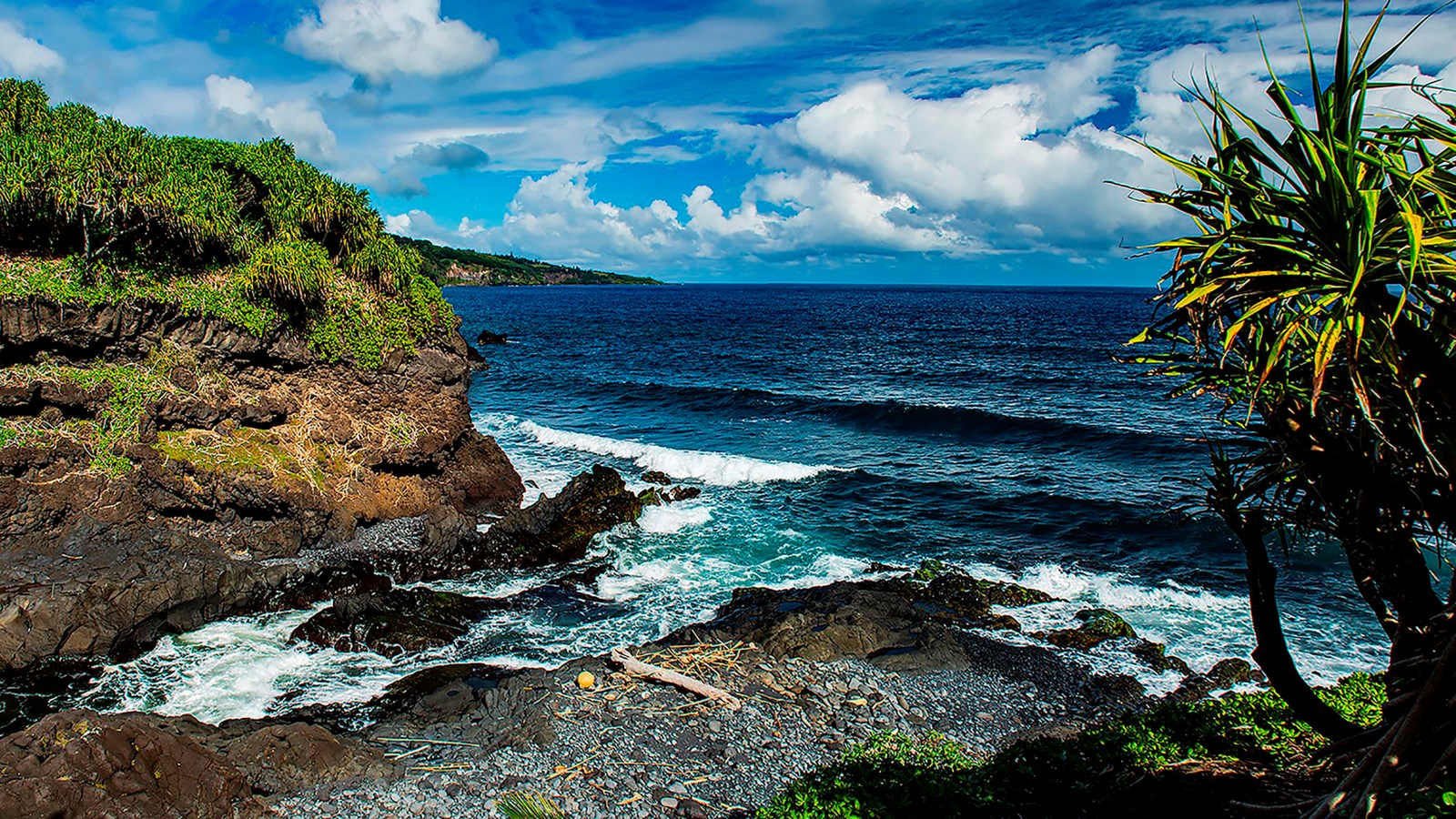Last updated: March 15, 2022
Place
The Pools of ʻOheʻo

NPS Photo
One way that we show aloha is by respecting the forces of nature present here. There is a Hawaiian proverb, "he wai makamaka ole" (water recognizes no friend). In Kīpahulu this rings true year-round. Water has no friends and will destroy anything in its path. There are several reasons for swimming closures here, but the most important is for your safety. It is a priority of ours, to ensure that your visit is safe and enjoyable. The streams and waterfalls here can be very unpredictable.
As children, Hawaiians are taught to look towards the mountains before entering fresh water streams, pools, waterfalls, or ponds. This is because it could be sunny near sea level but raining in the mountains. Rain in the mountains means a higher chance of flash flooding, which can make a good day turn bad. If someone is caught in the stream or under a waterfall during a flash flood, the chances of surviving are slim. Some people ask, "but what if its sunny in the mountains?"
The water isn't the only hidden danger. Falling rocks are extremely common and a number of fatalities have occurred in Kīpahulu from people getting too close to the waterfalls. It may be tempting to ignore the closure signs, but it’s not worth it. At the bottom of ʻOheʻo Gulch and within the ‘Oheʻo pools there are many rocks. These rocks come from the surrounding cliffs. Falling rocks can be silent with the roar of the waterfalls. As you finish your walk in the park, take time to reflect on everything you have seen and learned about Kīpahulu. The knowledge and lessons of kūpuna informs our understanding of safety and survival today.
As children, Hawaiians are taught to look towards the mountains before entering fresh water streams, pools, waterfalls, or ponds. This is because it could be sunny near sea level but raining in the mountains. Rain in the mountains means a higher chance of flash flooding, which can make a good day turn bad. If someone is caught in the stream or under a waterfall during a flash flood, the chances of surviving are slim. Some people ask, "but what if its sunny in the mountains?"
The water isn't the only hidden danger. Falling rocks are extremely common and a number of fatalities have occurred in Kīpahulu from people getting too close to the waterfalls. It may be tempting to ignore the closure signs, but it’s not worth it. At the bottom of ʻOheʻo Gulch and within the ‘Oheʻo pools there are many rocks. These rocks come from the surrounding cliffs. Falling rocks can be silent with the roar of the waterfalls. As you finish your walk in the park, take time to reflect on everything you have seen and learned about Kīpahulu. The knowledge and lessons of kūpuna informs our understanding of safety and survival today.
